|
|
|
|
|
|
|
|
Photo Gallery for Farancia abacura - Red-bellied Mudsnake
| 23 photos are shown. |
 | Recorded by: Erin A. Bunch
Edgecombe Co.
Comment: |  | Recorded by: Erin A. Bunch
Camden Co.
Comment: |
 | Recorded by: Erin A. Bunch
Camden Co.
Comment: |  | Recorded by: Erin A. Bunch
Camden Co.
Comment: |
 | Recorded by: Erich Hofmann
Columbus Co.
Comment: | 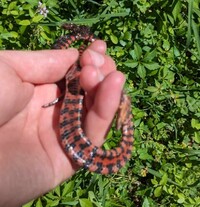 | Recorded by: Erich Hofmann
Columbus Co.
Comment: |
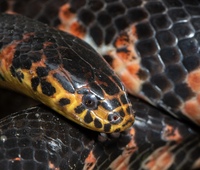 | Recorded by: Shreyes
Raleigh Co.
Comment: | 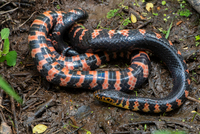 | Recorded by: Shreyes
Raleigh Co.
Comment: |
 | Recorded by: Shreyes
Raleigh Co.
Comment: | 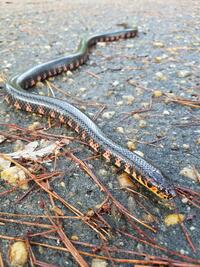 | Recorded by: W. Morris
Wayne Co.
Comment: |
 | Recorded by: Erich Hofmann
Craven Co.
Comment: | 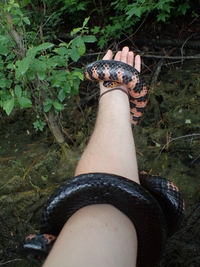 | Recorded by: Erich Hofmann
Craven Co.
Comment: large male found crossing road early am, tail spine missing (old injury) |
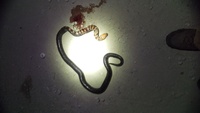 | Recorded by: Erich Hofmann
Craven Co.
Comment: DOR, female | 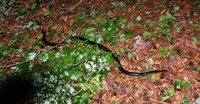 | Recorded by: J. Owen, J. Davis, C. Helms
New Hanover Co.
Comment: |
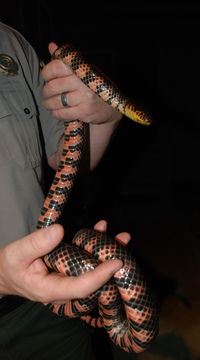 | Recorded by: J. Owen, J. Davis, C. Helms
New Hanover Co.
Comment: | 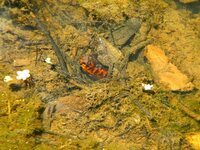 | Recorded by: Jane Wyche
Gates Co.
Comment: |
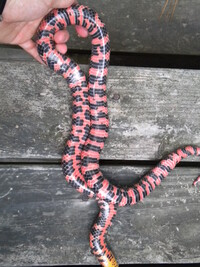 | Recorded by: K. Bischof
Beaufort Co.
Comment: | 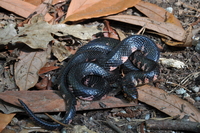 | Recorded by: K. Bischof
Beaufort Co.
Comment: |
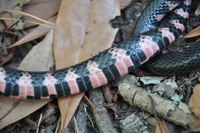 | Recorded by: K. Bischof
Beaufort Co.
Comment: | 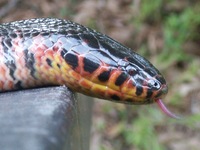 | Recorded by: K. Bischof
Beaufort Co.
Comment: |
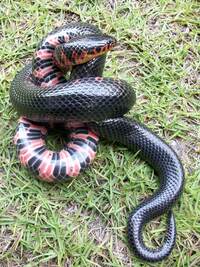 | Recorded by: K. Bischof
Beaufort Co.
Comment: | 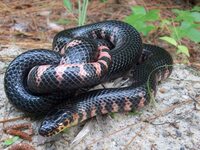 | Recorded by: K. Bischof
Beaufort Co.
Comment: |
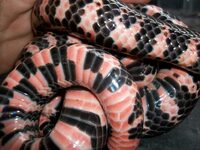 | Recorded by: K. Bischof
Beaufort Co.
Comment: |
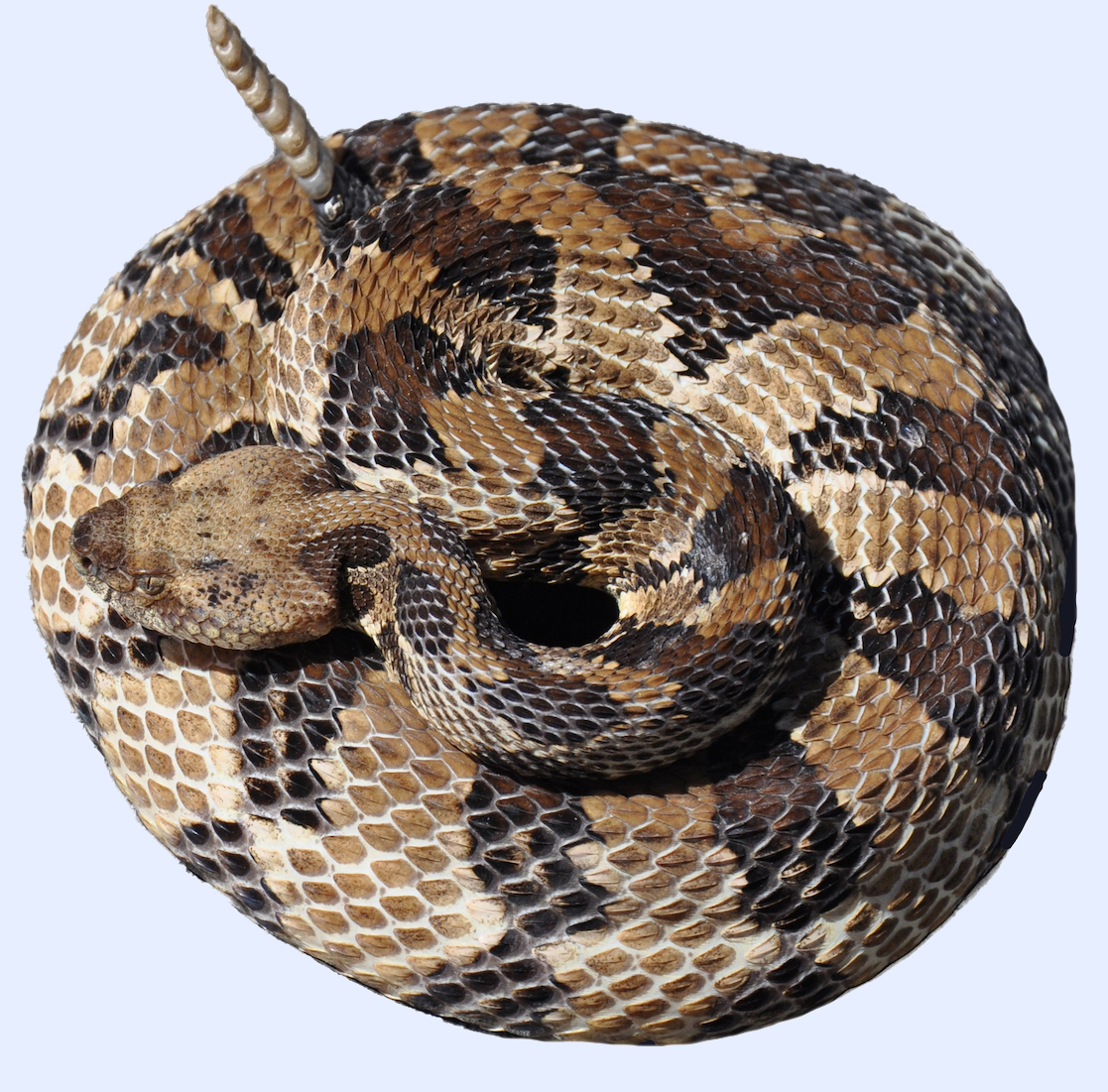
 »
» 


 »
» 
